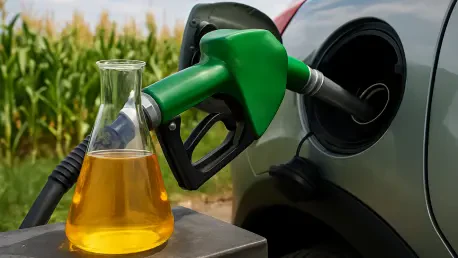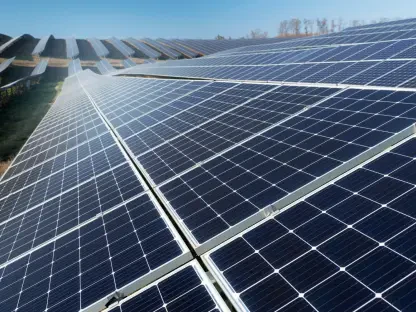In a remarkable stride toward sustainability, the state of Odisha is addressing an agricultural challenge with an innovative solution that could reshape both its farming and energy sectors, creating a model for others to follow. With paddy cultivation surging due to an attractive procurement price of ₹3,100 per quintal, the state has seen a significant uptick in farmer registrations and, consequently, a surplus of rice that demands strategic management. Rather than allowing this excess to go to waste, the government has devised a plan to channel broken rice into ethanol production, aligning agricultural abundance with the national push for cleaner fuel alternatives. This initiative not only tackles the immediate issue of surplus but also positions Odisha as a key player in renewable energy. By integrating agricultural policy with industrial innovation, the state is crafting a model that balances economic benefits for farmers with environmental goals, sparking curiosity about how such dual-purpose strategies could inspire similar efforts elsewhere.
Harnessing Agricultural Surplus for Energy Innovation
Reflecting on the strides made, Odisha’s government successfully turned a potential problem into a progressive solution by diverting surplus rice to ethanol production, a move that supported the national ethanol-blended petrol program. The primary facility in Bargarh district, alongside smaller plants statewide, utilized both rice grain and straw as feedstock, demonstrating a practical approach to fuel blending. Beyond energy, the state enhanced infrastructure by collaborating with the Food Corporation of India and other departments to build new warehouses and establish permanent markets, known as mandis, while upgrading rice mills to hybrid models for greater efficiency. These efforts, solidified during key discussions like the Inter-Ministerial Committee meeting for the Kharif season, also included social welfare by distributing free rice to underprivileged families. Looking ahead, the focus remains on refining these strategies, exploring rice exports, and ensuring that agricultural growth continues to fuel both economic and environmental progress through innovative industrial applications.









